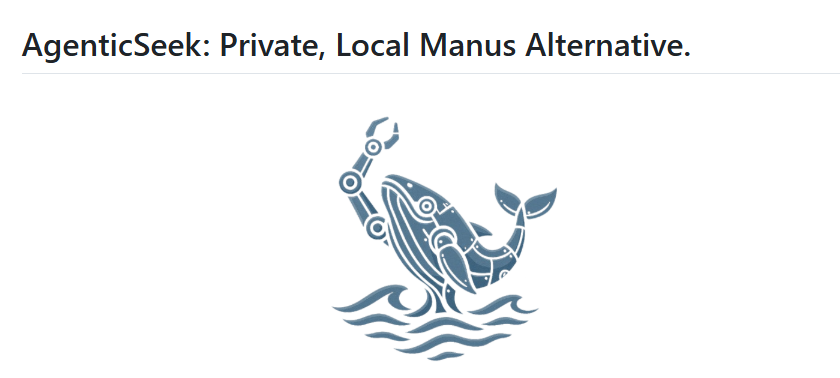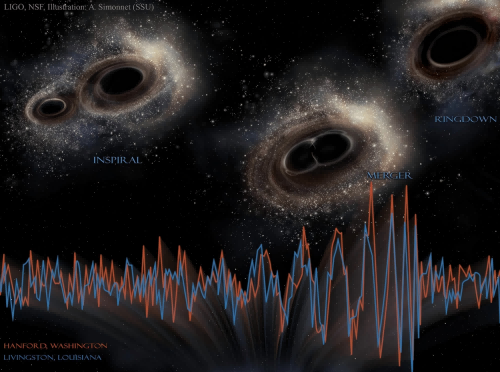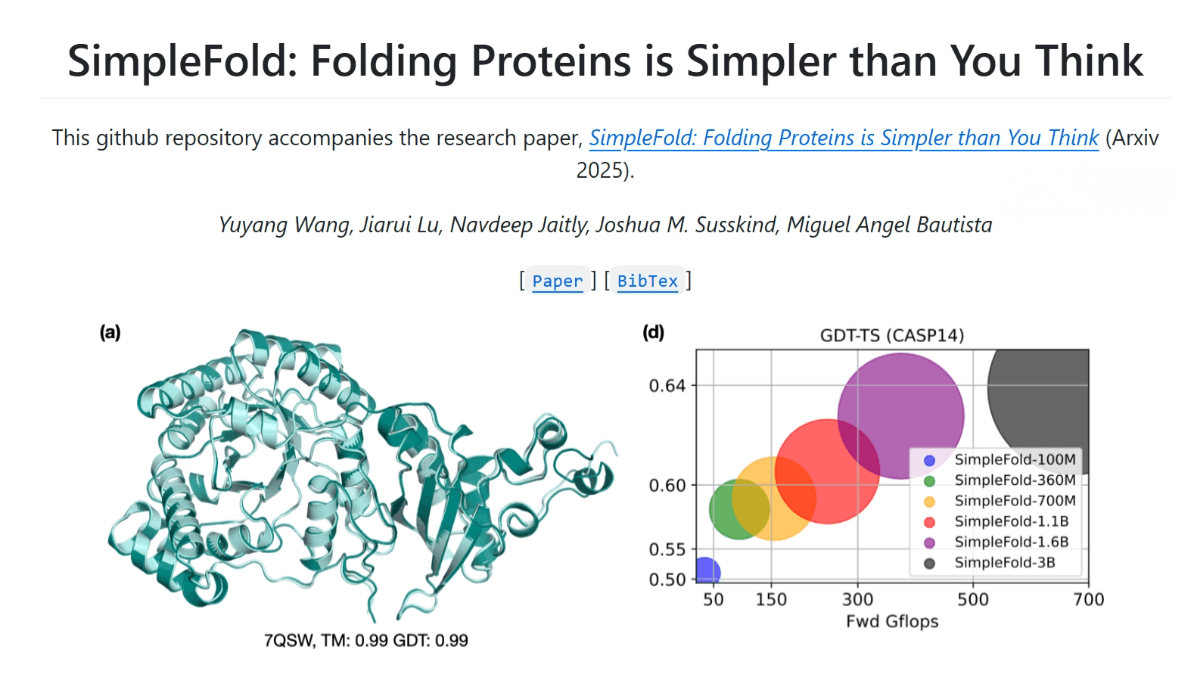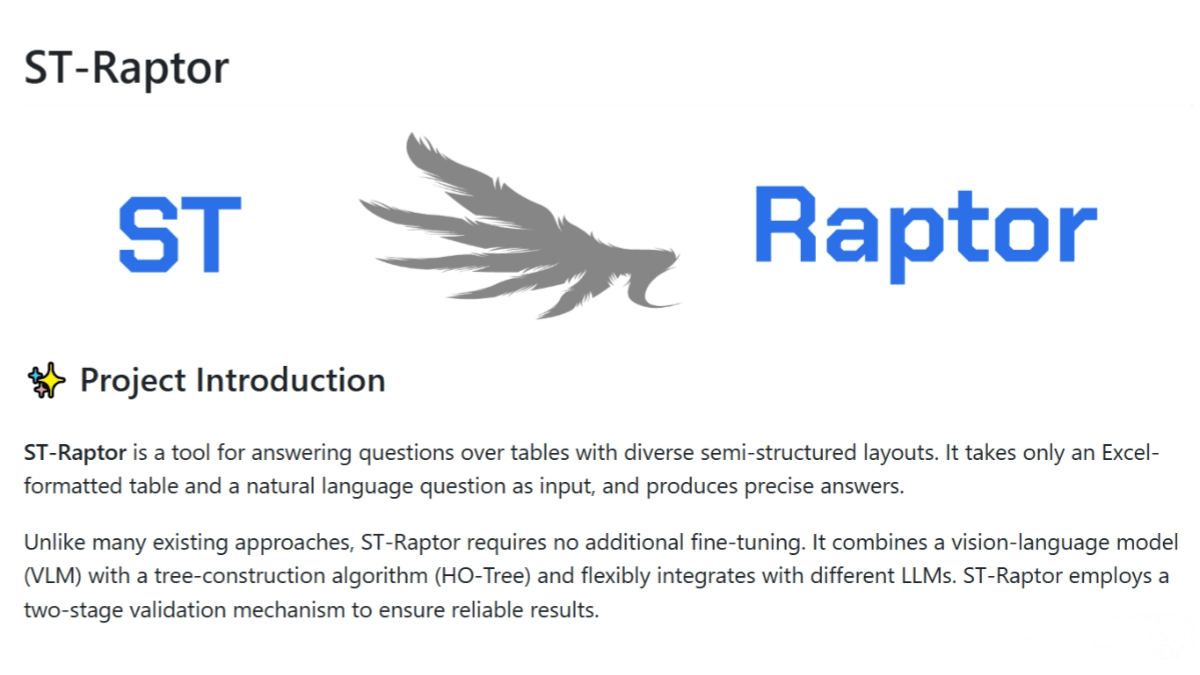What is SIMA 2?
SIMA 2 is the latest-generation AI agent developed by Google DeepMind, showcasing powerful interaction, reasoning, and learning capabilities within virtual 3D worlds. Built on Gemini technology, SIMA 2 uses a three-layer “Gemini-SIMA Fusion” architecture—consisting of a decision core, a vision-action model, and a thought-token bridge—to respond quickly and execute complex tasks. It understands natural language commands and can also interact through multimodal prompts such as sketches. Seventy percent of its training data is generated automatically by Gemini, enabling continuous self-improvement. SIMA 2 can quickly adapt to games it has never been trained on and complete tasks with strong generalization performance. Its response latency is reduced to under 200 ms, making it suitable for real-time interactive scenarios.
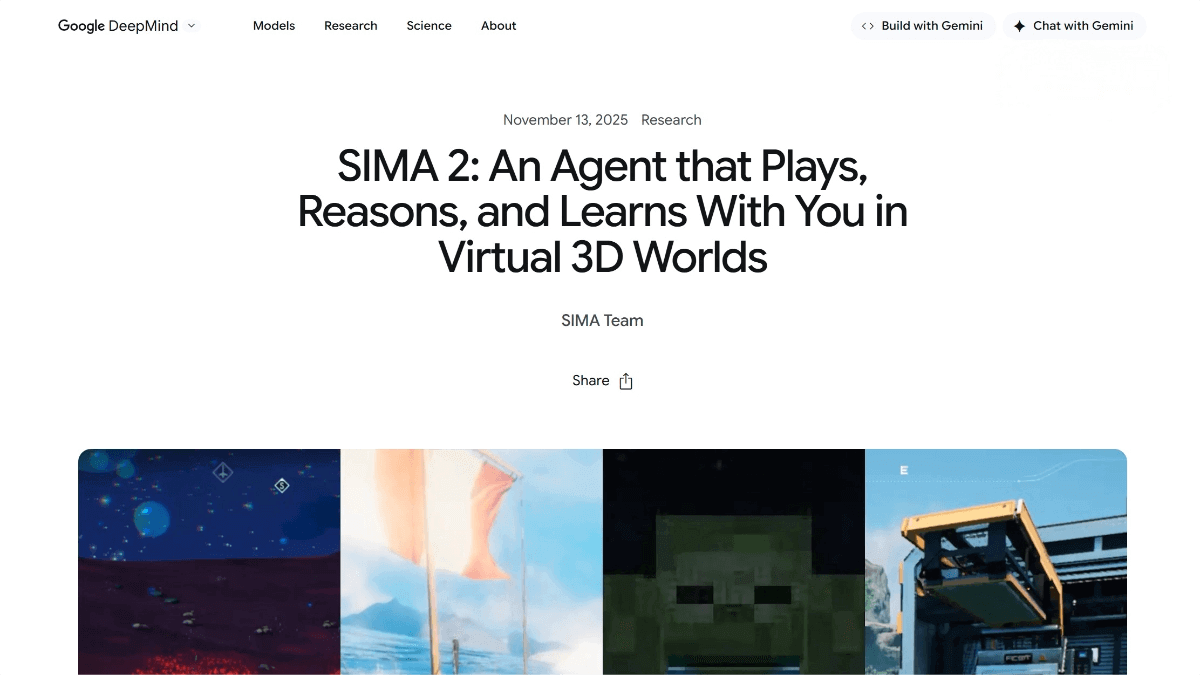
Key Features
Natural Language Interaction:
Understands and executes natural language instructions to perform tasks such as navigation, object manipulation, and interface operations.
Complex Reasoning Ability:
Demonstrates reasoning capabilities, allowing it to complete tasks in new environments through logical analysis instead of relying solely on pretraining.
Multimodal Understanding:
Supports multimodal input, including user-drawn sketches and symbols, enabling clearer task specification.
Self-Learning and Improvement:
Improves autonomously through trial-and-error and Gemini-generated feedback, requiring no additional human-labeled data.
Low-Latency Response:
Achieves end-to-end response times under 200 ms, ensuring smooth real-time interaction.
Generalization Ability:
Adapts quickly to entirely new games without prior training and can accomplish tasks effectively.
Collaboration & Interaction:
Can collaborate with players to complete complex tasks, such as coordinating in game environments.
Multi-Environment Support:
Works across a wide range of 3D virtual environments and games.
Technical Principles of SIMA 2
Gemini Fusion Architecture:
Uses the “Gemini-SIMA Fusion” architecture combining Gemini Pro’s language and reasoning abilities with a vision-action model for tight coordination of language, vision, and action.
Multimodal Input Processing:
Processes natural language, visual inputs, and multimodal cues (e.g., sketches), improving task accuracy through multimodal fusion.
Self-Supervised Learning:
Trains using self-supervised methods with Gemini-generated pseudo-labels, reducing reliance on human annotations and improving efficiency and generalization.
Fast Inference & Response:
Optimizes decision and execution pipelines to achieve sub-200 ms end-to-end response times for real-time use.
Reinforcement Learning & Trial-and-Error:
Combines reinforcement learning with environmental feedback to refine behavior policies and enhance success in complex environments.
Cross-Environment Generalization:
Employs a universal visual and action model allowing SIMA 2 to adapt quickly to new, unseen environments.
Thought-Token Bridge:
A thought-token mechanism connects language, vision, and action modules, enabling efficient information exchange and coordination.
Low-Resource Operation:
Optimized for reduced compute requirements; for instance, SIMA 2-Lite can run on a single RTX 3090 GPU.
SIMA 2 Project Link
Official website: https://deepmind.google/blog/sima-2-an-agent-that-plays-reasons-and-learns-with-you-in-virtual-3d-worlds/
Application Scenarios
Virtual Game Collaboration:
Collaborates with players in various 3D games to complete missions or assist with operations—for example, navigating in No Man’s Sky or driving in Goat Simulator 3.
Complex Task Execution:
Executes complex tasks through natural language commands, such as resource gathering, building structures, or path planning.
Multimodal Interaction:
Supports interaction through sketches and symbols, allowing users to express task requirements more intuitively.
Real-Time Interaction:
Provides smooth, low-latency interaction suitable for scenarios requiring rapid responses.
Robotics Extension:
Future versions may integrate with robots such as Boston Dynamics’ robot dog for navigation and object manipulation in the physical world.
Education & Training:
Simulates real-world scenarios in virtual environments for teaching new skills or conducting training exercises.
